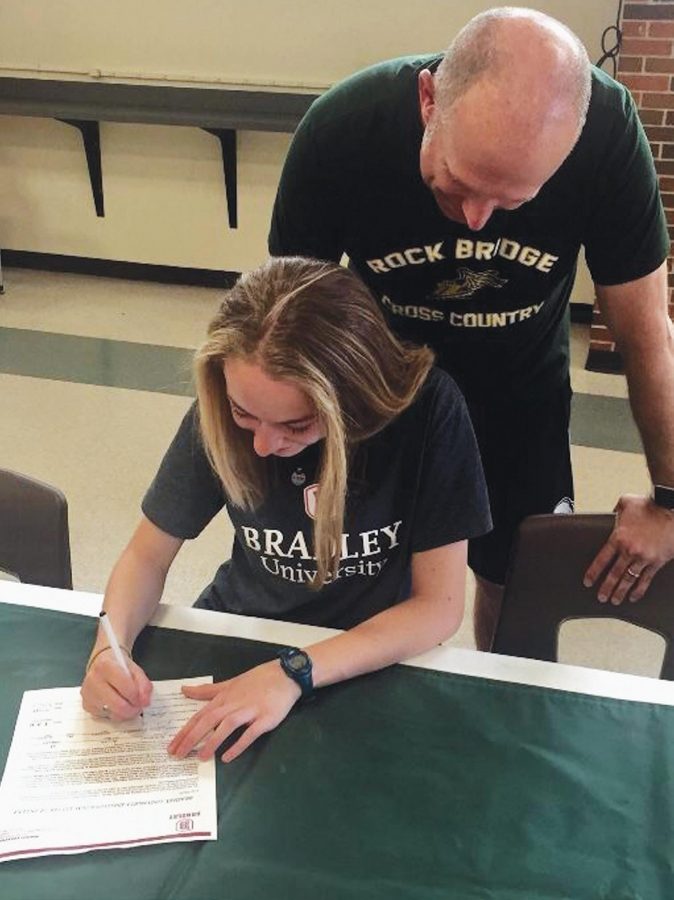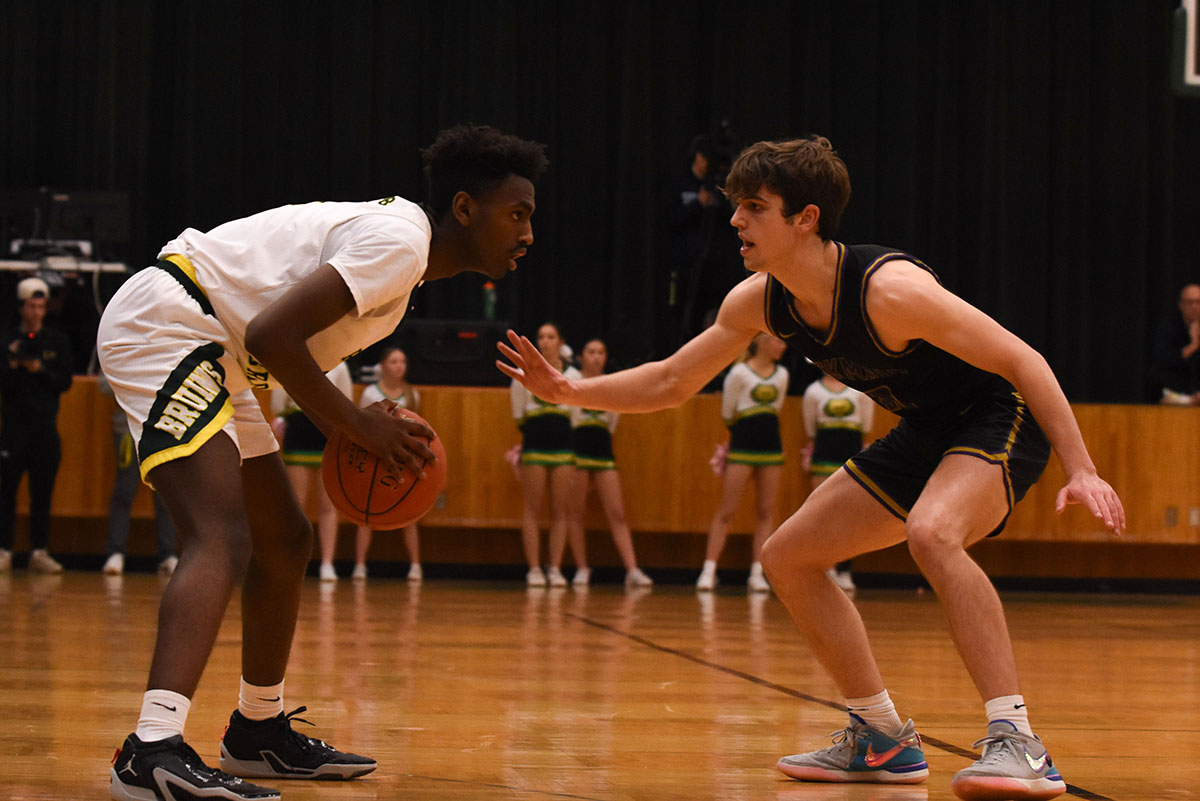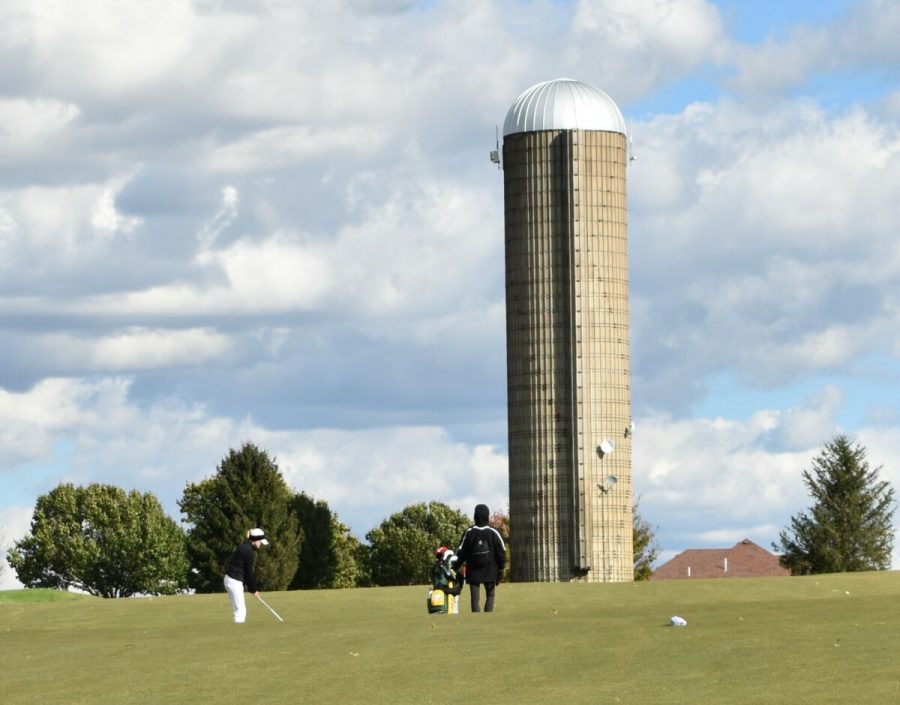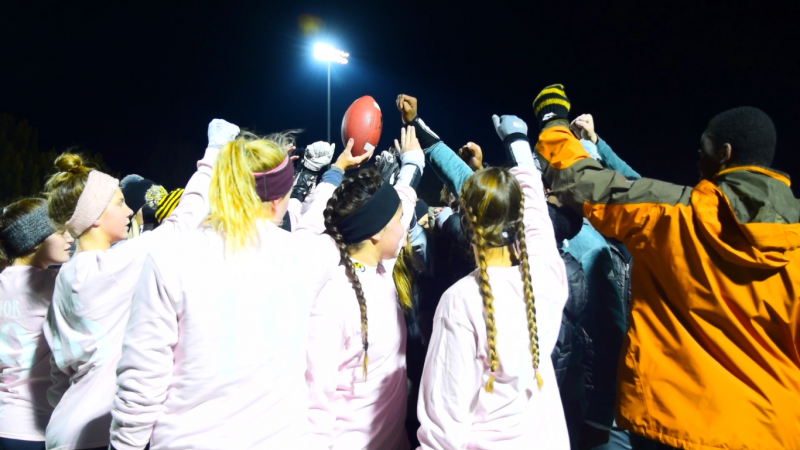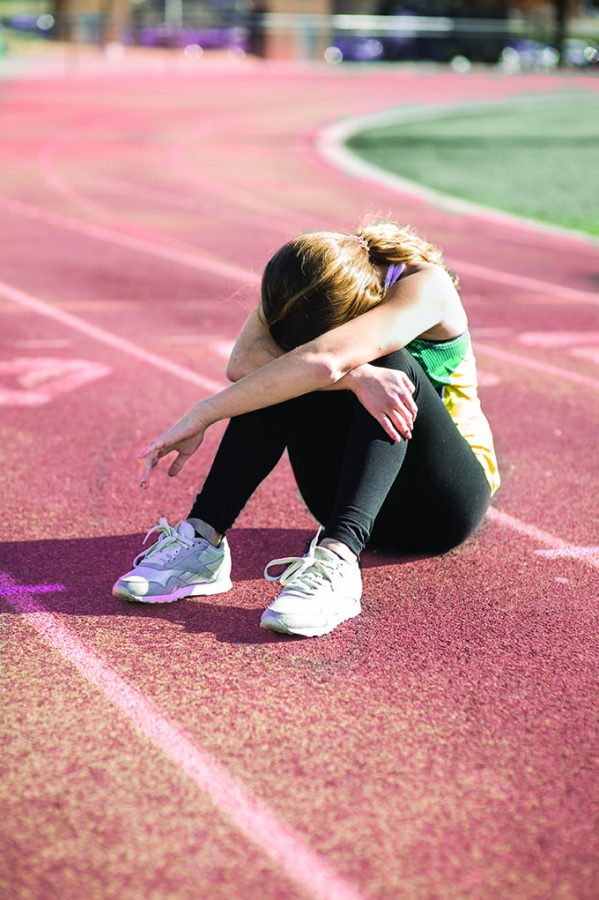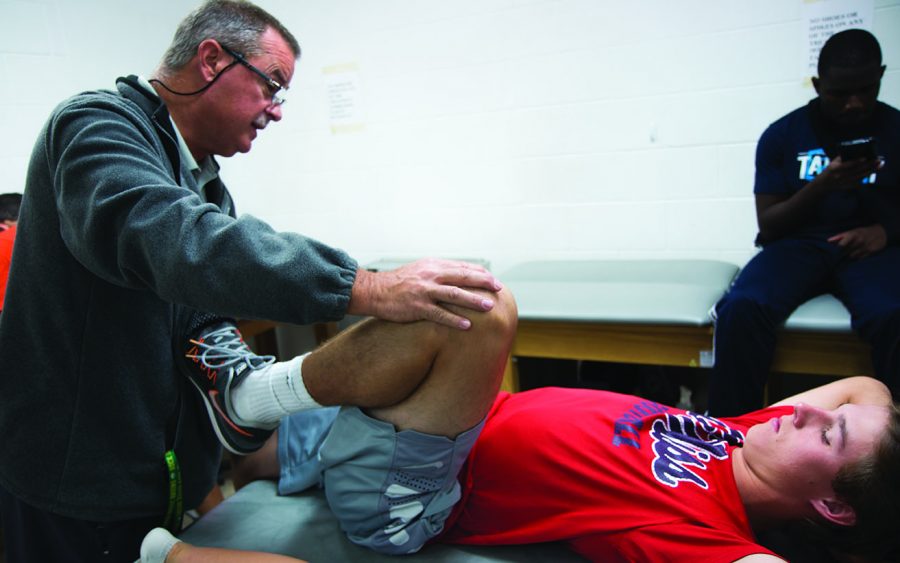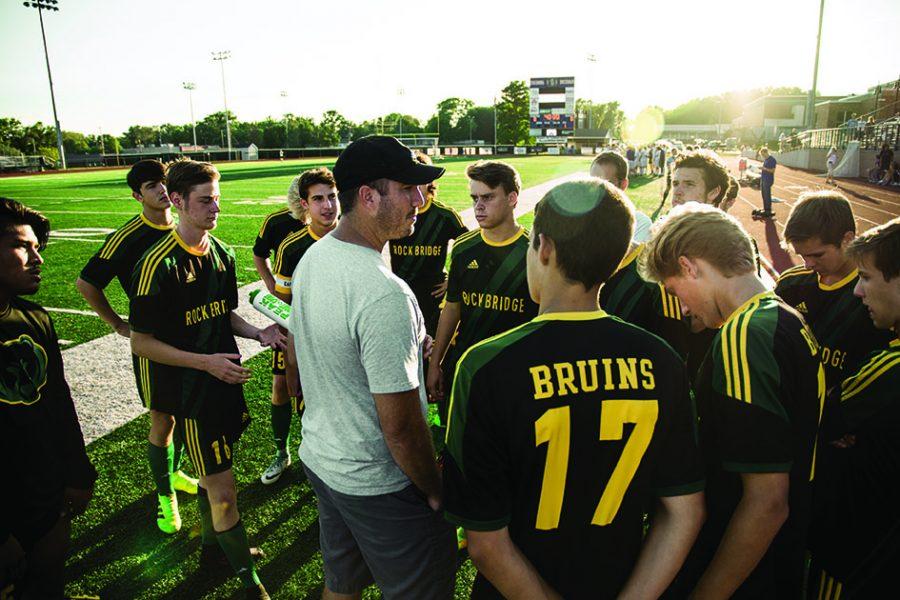After four years, the transition from high school athletics to a collegiate setting could have been overwhelming, but Truman State University freshman Emily Harl said it was one she was willing to make.
As a senior at RBHS last year, Harl ran varsity cross country and track, leading her 4x800m relay team to a fifth place finish at state. Harl used this impressive finish at the state level to fuel her love for running and validate her choice to run in college.
Each year Harl ran on the cross country team at RBHS, she qualified for districts, sectionals and state. Additionally, Harl competed in track and field at districts every year she attended RBHS, sectionals from sophomore year to senior year and state her junior and senior year here. Although she was successful in high school, she was apprehensive about continuing her running career at the college level.
“At the beginning of the semester, I wasn’t quite sure I made the right decision, mainly because my sleep was the thing being sacrificed,” said Harl, who stayed up late in order to excel in her sport and academics. “But I quickly learned how to balance [school and sports] in order to be as successful as I could in both.”
Among the six percent of high school athletes that continue in college, many go primarily for an education. Harl, however, feels participating in a sport adds to the college experience, and she has no regrets. But while Harl does participate in a sport, she puts school as her first priority, much like senior Aliyah Blackburn plans to do next year as she transitions to be a freshman student runner at Bradley University in Peoria, IL.
“I [am] majoring in graphic design, and Bradley was one of the best schools in that program,” Blackburn said. “I wanted to go to college for an education first, and if I got the chance to run, it’d be icing on the cake.”
Along with 20 other signing athletes for RBHS and many other future college athletes that will not go through the signing process, Blackburn thinks ensuring a good education and following through with the workload is the most important part of college. Blackburn is also worried about the different environment and training style at Bradley; however, she feels RBHS cross country and track have prepared her for her future collegiate running. Blackburn hopes a strong team environment will still be present at Bradley as it was at RBHS.
“My favorite thing [about RBHS cross country and track] has been my team. We’re around each other after school and weekends, so much so that we become a family,” Blackburn said. “A family atmosphere was definitely what I looked for when I was looking at college teams.”
Current Columbia Public School (CPS) head swimming coach Zach Mertens also had a beneficial and team-oriented lifestyle as he swam through high school and college. Mertens swam for CPS in high school as well as the University of North Dakota and Ouachita Baptist University in college.
[quote cite=”Aliyah Blackburn, senior”]“My favorite thing [about RBHS cross country and track] has been my team. We’re around each other after school and weekends, so much so that we become a family. A family atmosphere was definitely what I looked for when I was looking at college teams.”[/quote]
Mertens had lots of experience with the swimming environment before he had the chance to bring his passion of swimming for a team back to CPS. After his high school career, he kept the team mentality and competed in every race for his team. He loved looking back on his high school memories of a dance battle before the 100 breaststroke at state his senior year of high school.
“Swimming in college provided me incredible opportunities to grow personally and provided me academic opportunities I would not have afforded otherwise,” Mertens said. “Swimming in college was an indispensable part of my positive experience in college.”
By coming back to coach at CPS, Mertens brought a new meaning to the word “teamwork” in the CPS swim program. While at the college level, swimming is more individualized, Mertens realized the true experience of swimming was working as a team to pursue a goal. When he returned as a coach, he rooted everything to a team approach.
“Even those members of the team who do not see themselves as immediately impactful can trace their efforts to success at any level of competition,” Mertens said. “To be ultimately successful, the idea that the abilities of each athlete are surrendered to the team for use, must be completely ingrained into the team culture.”
Harl also treasured her teammates as her final days competing as a Bruin approached in her senior year. Many memories stuck with Harl from her years as a RBHS runner and all of them involved being a part of a team.
“The first memory that always comes to my mind when I think about my high school running career is senior year, standing on the podium with my 4x800m team at the state meet,” Harl said. “We went through a lot of ups and downs that season, but everything fell into place during that race.”
The emotional last meet of her high school career was surreal. No one could even imagine not running together, and each member of Harl’s 4x800m team stepped up to the line and ran for each other.
But after this meet, everyone had to move on. Harl had to make several adjustments when moving on to collegiate running.
“College training focuses a lot more on mileage and strength with two-a-days and weightlifting,” Harl said. “Workouts have a lower intensity.”
Harl wonders why she ever questioned running in college. Looking back, not running seems insane because she can never see herself not loving it.
“Cross country and track brought me some of the best memories, so why put it all to an end?” Harl said. “I knew I made the right decision when my long runs got longer and I stayed at practices later.”
Categories:
Athletes sport new team colors
May 14, 2017
Letter of intent: Track and cross country coach Neal Blackburn
looks over his daughter, Aliyah Blackburn‘s shoulder,
who will run at Bradley University next year. Photo courtesy of Jamie Blackburn
0
Tags:
More to Discover












































































